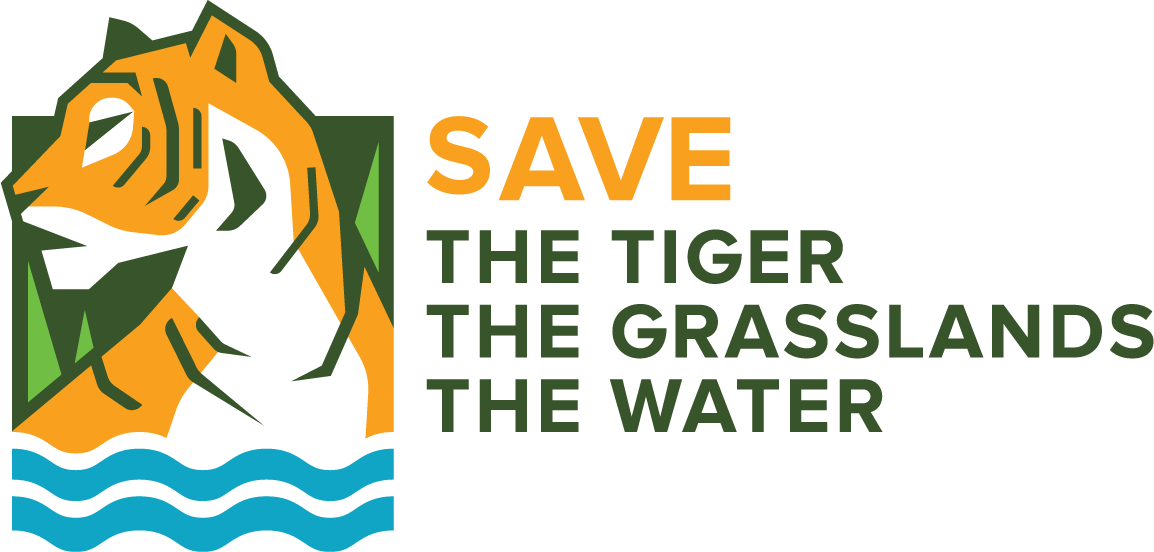Work Package 5: Long-term interactions between river dynamics, vegetation, groundwater, land-use and animals
The aim of this work package is to understand functioning of the Karnali river landscape on different time and spatial scales. In the past this functioning was fully governed by natural processes, with a dominant role for the highly dynamic river systems on the fan. These dynamics, together with presence of (large) animals likely controlled vegetation succession. During the past century, humans have become increasingly important in shaping the landscape, e.g. through deforestation, river engineering and land cultivation for agriculture.
We will use a combination of established and novel techniques to reconstruct river dynamics, vegetation, and potentially presence of animals in the past, as well as the role of humans in modifying this system. This understanding is crucial to work towards nature-based or regenerated landscapes in the future; a landscape where land-use aligns with natural processes, and suitable habitats are provided for tigers and other wild animals.
This Work Package is Lead prof. dr. Jakob Wallinga, Soil Geography and Landscape group, Wageningen University, Wageningen, the Netherlands

